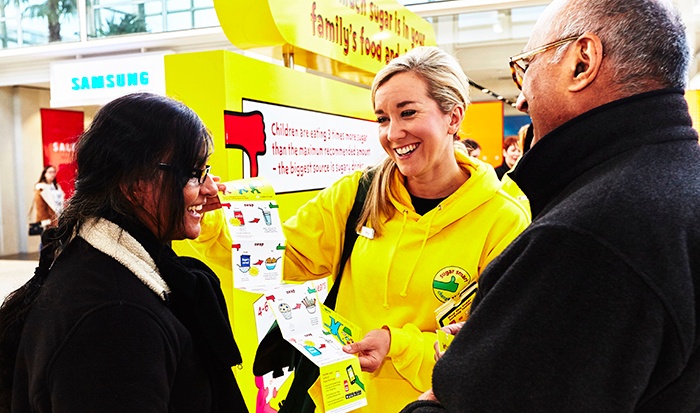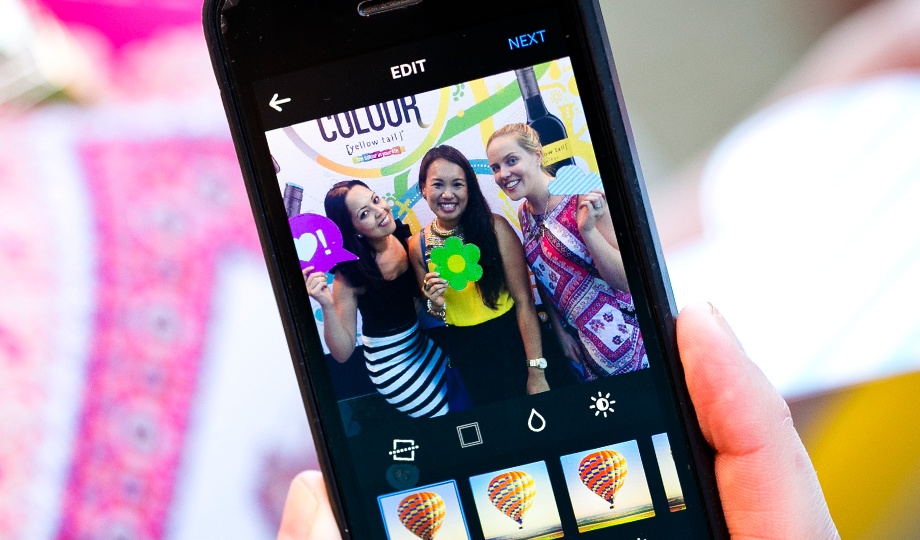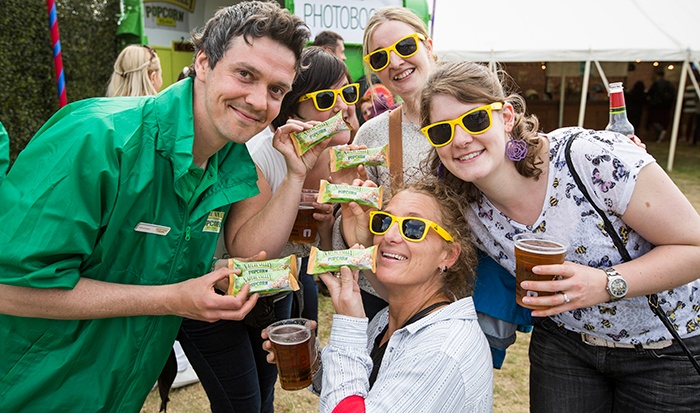Experiential marketing’s value is clear to anyone that’s ever taken part in an engaging, well-executed live brand experience.
Quite often, this experience can be the first step on the long and winding road to brand love, and the kind of customer loyalty that every brand dreams of.
For many brands, compelling and memorable experiential activity is the perfect way to forge long-lasting and highly personal bonds with consumers. But can this be measured?
Marketers, quite rightly, want to be clear on the tangible value that experiential activity can offer, and to understand the likely return that they will see on their investment.
Experiential marketing must, of course, prove its worth.
Why is experiential so valuable?
Experiential is a channel like no other.
Face-to-face, highly personal brand experiences build trust in a way that’s just not possible with other marketing channels. It also allows for targeting with a laser-like focus, ensuring that messages resonate with even hard-to-reach audiences.
For FMCG brands, experiential marketing’s value has long been recognised as the best route to market for driving trials. It gives consumers a real ‘hands on’ product experience. And one of experiential’s greatest strengths is that it delivers actual, rather than statistical, reach figures. As consumers become far savvier to ad blocking and skipping, experiential’s wastage is far less than you’re likely to find with other above-the-line activities.
Brands across all sectors are now appreciating that this personal touch can make a big difference.
Revenue vs. rave: which matters most?
ROI is one of those concepts that’s often misunderstood.
In simple terms, ROI is usually calculated as the profit generated from the sales that a particular activity has delivered, minus the cost of the activity itself. That makes sense, right?
But viewing experiential activity through these strict ‘revenue’ parameters doesn’t offer the full picture.
One of experiential’s greatest strengths is the earned media that activations can generate. Highly immersive and unusual ‘rave’ campaigns can pave the way for heaps of positive media coverage, and through grabbing the headlines brands can generate huge amounts of buzz. We think of this not as ROI, but rather as MROI – Media Return on Investment.
The right creative idea, executed in the right way, can deliver MROI in spades, vastly exceeding the investment cost of the original activity itself. This can also lead to high levels of social amplification and promotion from fans that took part, hugely elongating an activation’s reach and boosting awareness. Experiential activity is perfectly suited to social sharing, and social metrics can readily track ‘rave’ success.
Both ‘revenue’ and ‘rave’ are important measures in their own right. But only by combining both can experiential’s true return be seen.
Planning for success: what should I measure?
Like all marketing activity, the results achieved by experiential will only ever be as good as the objectives set at the very beginning.
Experiential marketing can allow brands to see clear stock uplifts and pull-through rates boosted, but it goes much deeper than that. Live brand experiences have the power to change perceptions, increase positive brand sentiment and create loyal fans.
A range of metrics can be used to measure success, from profits and sales to customer acquisition, uplifts in purchase intent, customer retention and market share impact.
For activations that include an element of sampling, there are also hard numbers too such as the number of samples given out, the opportunities to see, and the volume of consumer engagements, to name but a few.
These, of course, are important commercial measures. But often it’s softer metrics that paint the fullest picture of an activation’s overall impact. Brand awareness, word of mouth referrals and brand differentiation can all indicate how a brand is performing in the minds of consumers.
Of course, forward-looking brands want to be able to clearly measure the success of experiential activity against original objectives. For this, detailed consumer evaluation that compares results from research carried out before, during and after an activation, is essential, as is analysis of sales and stock data and other purchase incentive redemption figures. Only by looking at all of this closely can brands have a true understanding of the impact that experiential activity has had.
We are living in “the experience economy” and this now transcends all age groups. Consumers young and old increasingly crave unique and exciting experiences, and expect brands to go the extra mile. The brands that do so with inventive experiential campaigns will reap the rewards as people stop, stare and share with their peers.
When it comes to providing the financial value of live brand experiences, we don’t mess about. Our bespoke Brand Value Generator tool helps clients understand the return they can expect before a campaign goes live. Take a look.